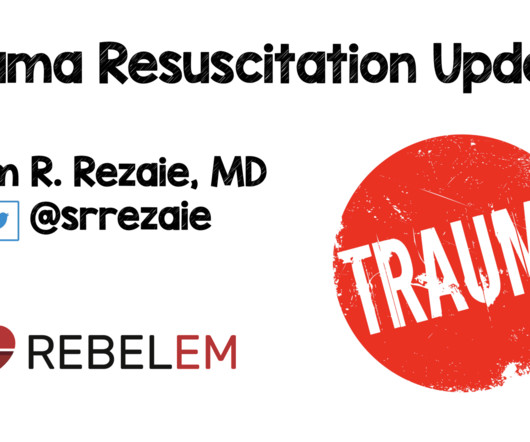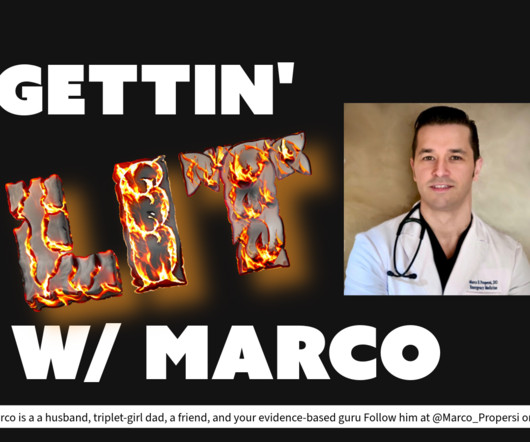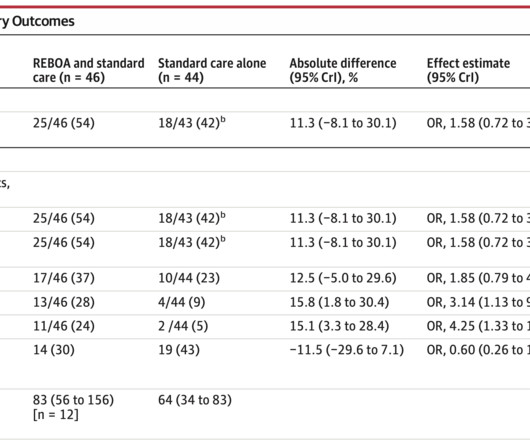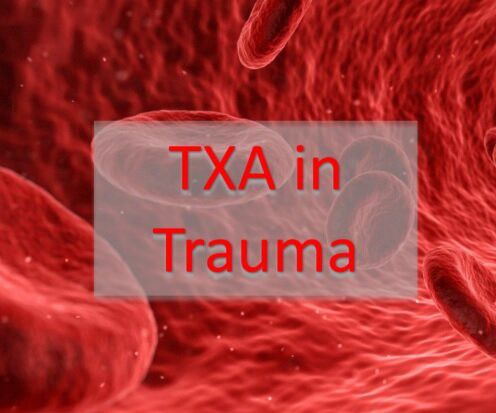London HEMS pre-hospital REBOA video
ETM Course
JUNE 28, 2015
This is a potentially lifesaving treatment pioneered by the US military 1 for patients with exsanguinating pelvic and lower limb haemorrhage. Resuscitative endovascular balloon occlusion of the aorta (REBOA) as an adjunct for hemorrhagic shock. Shock 2014; 41(2): 130–7 12. Here’s some references. Martinelli et al.


















Let's personalize your content